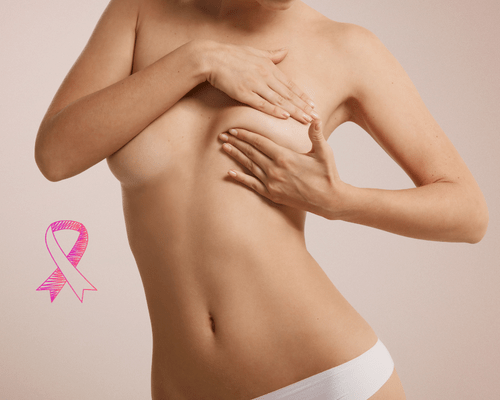OUR PROCEDURES
Breast Reconstruction
Breast Reconstruction
Breast reconstruction uses surgery to make a new breast shape. You may have reconstruction after an operation to remove the breast (mastectomy) to treat breast cancer. A new breast shape can be made using a breast implant or tissue from another part of the body.
History
The first attempts at breast reconstruction were made at the end of the 19th century. According to Wickman, the French surgeon Verneuil employed in 1887 part of a healthy breast, transferred on an upper pedicle to reconstruct the other breast. Vincenz Czerny, a German professor of surgery at Heidelberg, published in 1895 a case of subcutaneous mastectomy for fibroadenoma and chronic mastitis, in which he used a large lipoma, greater than a fist, obtained from the right lumbar region for reconstruction. According to Czerny, the reconstructed breast maintained a good shape one year after the intervention, without growth of the lipoma.
As an alternative to autogenous reconstruction, other surgeons developed materials for injection or mammary implantation in the first half and early sixties of the 20th century. According to Glicenstein, the first attempts to use foreign materials for breast plastic surgery date back to 1899, when Gersuny introduced paraffin injections for breast augmentation; Lagarde suggested in 1903 its use for breast reconstruction. They were abandoned due to numerous and serious local complications, such as paraffinomas, ulceration and fistulas, as well as pulmonary, cerebral and retinal emboli. Uchida described in 1961 the clinical use of silicone injections in breast plastic surgery. As with paraffin, its use was contraindicated, as there were numerous complications in patients undergoing breast augmentation, such as granulomas, mastitis, destruction of the breast parenchyma, percutaneous silicone drainage and silicone migrations to distant areas, among others. These problems often led to subcutaneous mastectomies
Indication
Contrary to what most people think there are no major contraindications to this procedure. The best candidates for breast reconstruction are adults who are in good health, in their ideal weight and moderately in physical form. The patients are subjected to photographic simulation, calculations and text to determine the appropriate height of nipple areola complex.
Technique
Modern breast reconstruction has been favored by several advances: the tendency to less aggressive mastectomy techniques, which facilitate skin coverage; the introduction and progress of silicone breast implants; the submuscular placement of implants; the technique of tissue expansion applied to breast reconstruction; and great advances in the anatomical knowledge of the various flaps available, especially musculocutaneous and those transferred microsurgically
Major authors in plastic surgery have dedicated their work to the appropriate treatment of the mammary glands, names such as Benelli, Pitanguy, Peixoto, Ribeiro, among others published works that allow us to have a large arsenal of techniques that are adapted to the needs of the patient, although there is a maximum in surgery that the best technique that is more dominating the surgeon We have devoted much of our training to learn and gain experience in several surgical options to be able to offer our patients the best option for the specific needs.
Types
We can describe this as one of the most varied, the use of flaps, implants, expanders, as well as fat transfers, in patients after treatment of breast cancer. Choosing the right procedure for each patient is a challenge that requires the judgment and expertise of a plastic surgeon.
Care
A particularity of this procedure is the almost mandatory need for the use of drains, a special postsurgical brasiel and antibiotic coverage. The movement of the arms is limited during the first 7 days, the patient should not drive their car between 20 to 30 days and must take special care in public places to avoid tripping over other people. As in any surgical procedure, a good and balanced diet is essential, a particularly rigorous hygiene, the use of antibiotics and analgesics are part of the protocol.
Get In Touch
Need something? Our Team is here to help!

